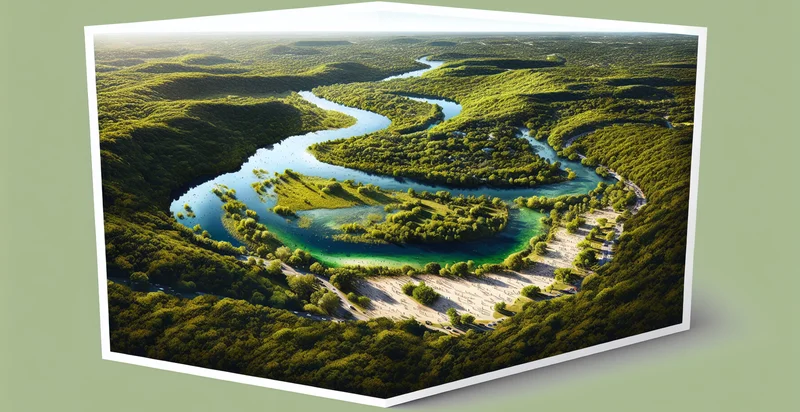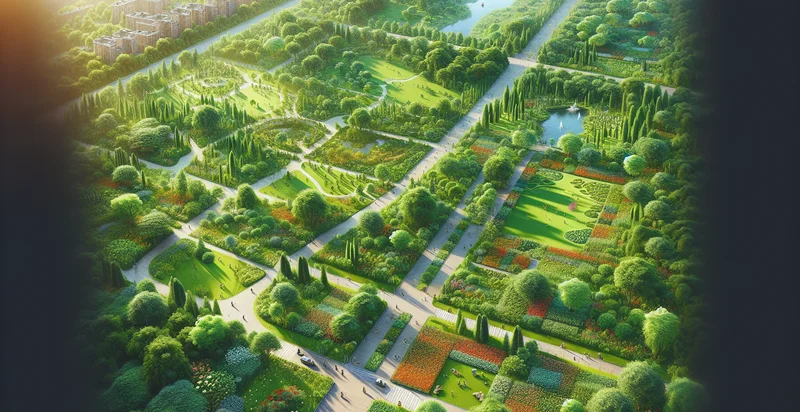Identify aerial views of state parks
using AI
Below is a free classifier to identify aerial views of state parks. Just upload your image, and our AI will predict if it's a state park - in just seconds.

Contact us for API access
Or, use Nyckel to build highly-accurate custom classifiers in just minutes. No PhD required.
Get started
import nyckel
credentials = nyckel.Credentials("YOUR_CLIENT_ID", "YOUR_CLIENT_SECRET")
nyckel.invoke("aerial-views-of-state-parks", "your_image_url", credentials)
fetch('https://www.nyckel.com/v1/functions/aerial-views-of-state-parks/invoke', {
method: 'POST',
headers: {
'Authorization': 'Bearer ' + 'YOUR_BEARER_TOKEN',
'Content-Type': 'application/json',
},
body: JSON.stringify(
{"data": "your_image_url"}
)
})
.then(response => response.json())
.then(data => console.log(data));
curl -X POST \
-H "Content-Type: application/json" \
-H "Authorization: Bearer YOUR_BEARER_TOKEN" \
-d '{"data": "your_image_url"}' \
https://www.nyckel.com/v1/functions/aerial-views-of-state-parks/invoke
How this classifier works
To start, upload your image. Our AI tool will then predict if it's a state park.
This pretrained image model uses a Nyckel-created dataset and has 2 labels, including Scenic Views and Urban Areas.
We'll also show a confidence score (the higher the number, the more confident the AI model is around if it's a state park).
Whether you're just curious or building aerial views of state parks detection into your application, we hope our classifier proves helpful.
Related Classifiers
Need to identify aerial views of state parks at scale?
Get API or Zapier access to this classifier for free. It's perfect for:
- Park Management Optimization: This function can assist park management teams in monitoring the state of various parks by identifying areas of concern, such as overuse or environmental degradation. By analyzing aerial views, managers can make informed decisions about resource allocation and maintenance schedules.
- Wildlife Conservation Efforts: Identifying and classifying areas within state parks can help wildlife conservationists track and manage animal habitats. This function can pinpoint changes in land use and habitat disruption, enabling targeted conservation strategies.
- Visitor Experience Enhancement: By analyzing aerial views, park services can understand visitor patterns and identify popular areas or overcrowding. This information allows for better crowd management and enhancements to visitor facilities.
- Safety and Emergency Response: Aerial image classification can be used to identify potential hazards within state parks, such as areas prone to wildfires or flooding. Emergency response teams can utilize this data for training and preparedness planning, ensuring quicker responses to incidents.
- Infrastructure Development Planning: State governments can use aerial classification to plan new infrastructure developments such as trails, picnic areas, and restrooms. Understanding the lay of the land helps in making sustainable choices that have minimal impact on the environment.
- Educational Resource Development: Educators and researchers can use classified aerial views to create educational materials that help raise awareness about biodiversity and conservation in state parks. These resources can be pivotal in environmental education programs.
- Marketing and Promotion: State tourism boards can leverage aerial views and classification data to create visually appealing content for marketing campaigns. Highlighting unique features and attractions from an aerial perspective can entice visitors to explore the parks.


